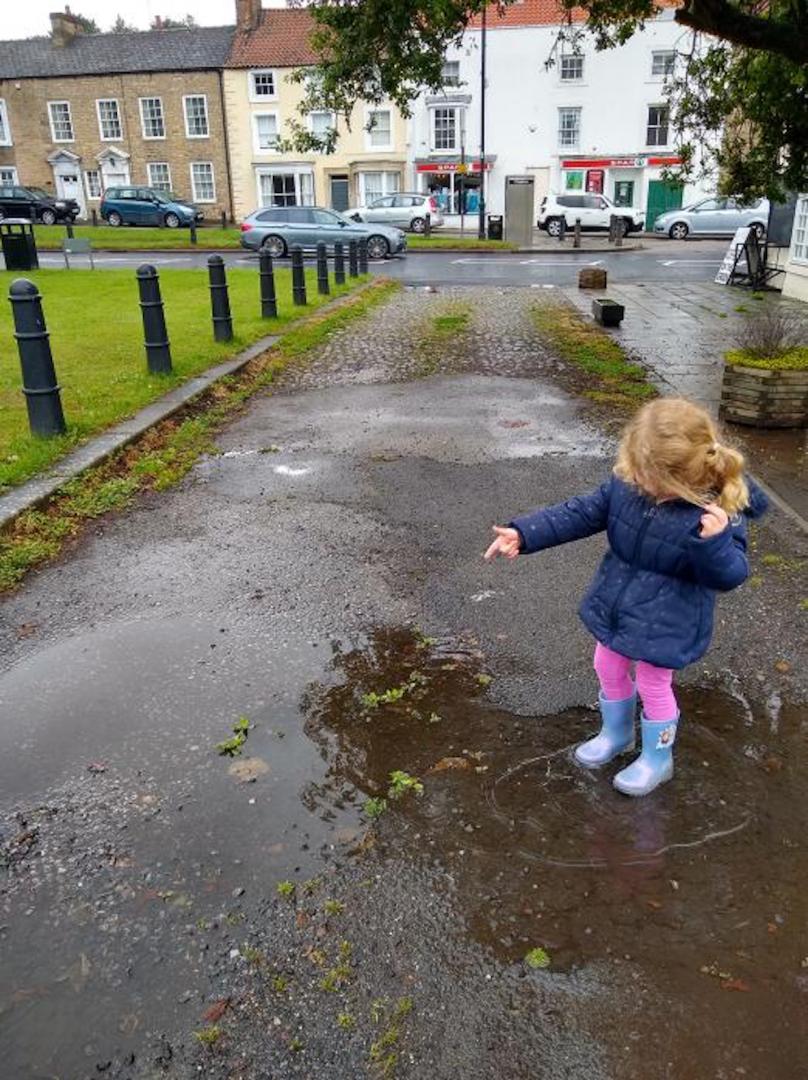AN ancient area of cobbles in Staindrop is among 28 structures that could be officially recognised as a valuable part of the village heritage.
The cobbles have long been a source of contention between Staindrop Parish Council and Durham County Council because part of the area has been repaired using Tarmac.
The county council’s cabinet will decide today (Wednesday) whether the cobbles will be awarded non-designated heritage asset status.
Other structures, buildings and street furniture under consideration for the village include Scarth Memorial Hall, a Victorian post box, stone walls, the former Wesleyan chapel and the ice house and moat at Raby Castle.
A number of private homes as well as the Wheatsheaf Inn, Masonic Hall, and the village quoits pitches have also been listed.
The assessment of Staindrop’s heritage formed part of a pilot project by the county council, with funding from Historic England, to identify assets that are considered “irreplaceable” and any harm or loss of them “will require clear and convincing justification” .
This means they will have to be considered with any planning applications that might affect them, but making changes to them will not require listed-building consent. Other areas that were included in the pilot project were Bishop Auckland, Durham City, Seaham, Sacriston, Sedgefield, Shotley Bridge and the route of the former Stockton and Darlington Railway.
A report to the cabinet states: “Local listing identifies locally significant buildings, landscapes and features of heritage value but like any designation it is not a preservation order.
“Locally listed buildings can still be altered, or in rare cases demolished, once the case has been made and all other options have been explored as part of the planning process.
“In total, 340 locally listed assets have now been identified across the pilot areas in County Durham.”
Criteria for an item to be considered a non-designated heritage asset include its age or rarity, its architectural or artistic interest, its historic interest and its archaeological interest.






